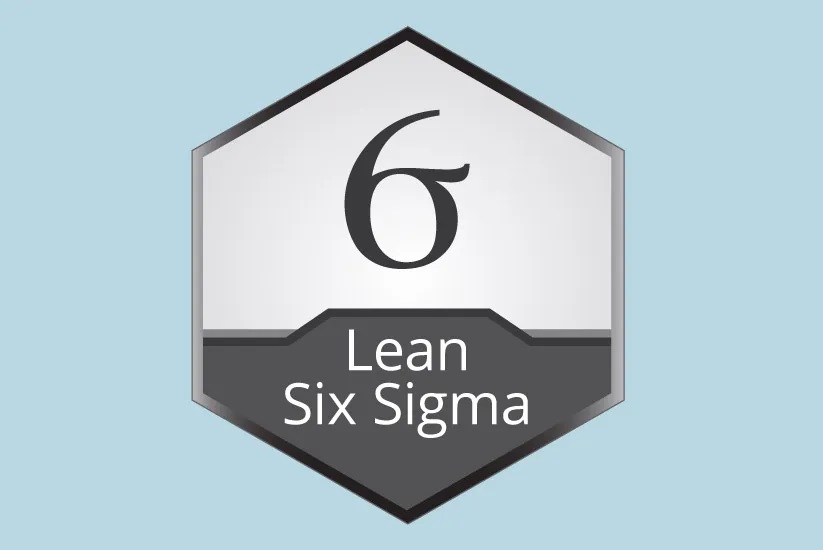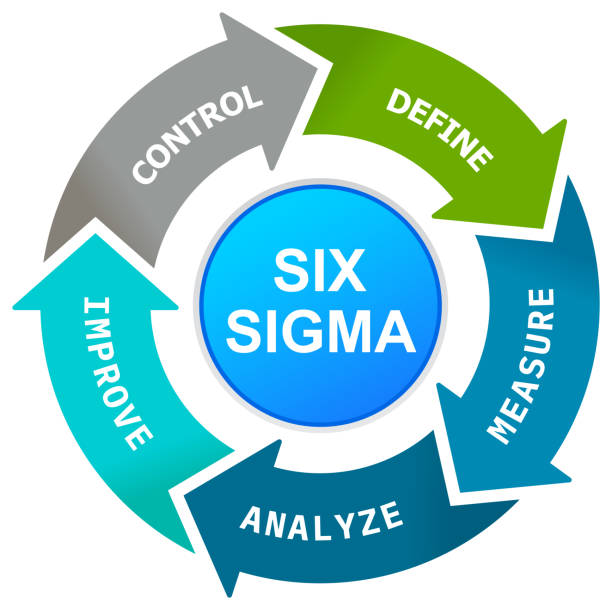Greensboro Residents - Learn Lean Six Sigma’s History Here
Contact Us

Lean Six Sigma has existed for over two decades, and today, many people are questioning if it is a myth that, besides manufacturing, it can help other companies and industries. Well, we can tell you it isn’t. Lean Six Sigma has proven to be a valuable tool for any career path and for all companies as long as it is properly implemented. More companies and businesses are finding it useful for continual improvement and growth, but why is it so valuable? If you want to fully understand Lean Six Sigma and how it works, you should review its history. We will provide a brief but comprehensive overview of the Lean Six Sigma Curriculum for Greensboro High School Students of North Carolina and help you get started with the history of LSS.
It is crucial to research before you rush to get training or certification. This will help you understand the benefits of this method for companies and why it is important for you as a student or professional.
This will allow you time to consider your options and make an informed decision about whether this is the right choice for you. But, there’s a catch: 6 Sigma is always an option, so it is more about learning how much value it offers you.
This was initially created to help businesses prioritize customers and improve efficiency in order to increase earnings.
If used correctly, the methodology can help reduce costs and eliminate waste, while it can be used to achieve success in other areas of your life.
Practitioners have demonstrated that they can improve processes and reduce the number of steps required for their projects, which saves time and money as long as they know how to handle the methodology’s structure.
This method achieves all the above and increases customer satisfaction. Companies also experience a shorter lead time, so there isn’t anything to hate about it at this point.
Let’s focus now on the facts. LSS was created from the combination of Lean & 6 Sigma while still adhering to its own principles and adding value, which takes us to how we need to focus on different parts of history.
How Lean Six Sigma Originated
It is essential to fully understand the founding principles and logic of Sigma before you can apply them in your personal or professional life.
LSS could have its roots in Japan, or at least this is what most people believe. In the 80s, American companies competed with Japanese companies, and their superior products, thanks to their Kaizen methodology and how the Japanese manufacturing industry was focusing on the customer more ad getting better results compared to its competitors.
Japanese industries are one of the most successful industries and companies, and it mostly started in the 1980s because they were able to produce high-quality products and satisfy customers using their unique methodology.
What does this all mean for LSS?
LSS was created to aid American companies in staying competitive and on top of their game over these years. It used several principles from various methods and even had some influence from Kaizen itself.
Lean was introduced for the first time in the 1940s, and 6 Sigma dates back to the 1980s.
Toyota invented Lean manufacturing in the late 1940s to decrease non-value-adding activities, and the methodology encourages employees to be actively involved in organizational change that fosters excellence. Happiness is possible only if everyone can learn and improve constantly.
Toyota Production Systems (TPS) was the first company that used Lean. The Japanese Taiichi Ohno founded this company. The same approach was used in Henry Ford’s Innovations and Business Process Redesign.
Six Sigma, a data-driven methodology, is the next topic. Six Sigma differs from Lean in its core concept.
Motorola invented the method, and General Electric used it successfully in the 1980s.
Six Sigma is a process improvement tool developed by professionals and experts to ensure that every process is managed and problems are addressed.
Its structure is based upon the DMAIC option: Measure, Analyze, Improve, Control. This is crucial for manufacturing and other industries as it allows them to automate their processes and prevents them from slowing down. Every step can be optimized and problems identified and resolved.
Lean Six Sigma: What Are the Differences Between Individual Methodologies?
This was created to enable American companies to compete against Japanese manufacturers. You can consider that LSS is a combination of both Lean and Six Sigma. However, the term “combination” reduces the possibility of LSS and its potential as a methodology that stands alone.
LSS has helped American industries to be at the forefront of innovation, waste reduction, and employee participation. This allows them to thrive and stay ahead of the curve.
Schools and educational institutions can develop systems that are more efficient and, therefore, easier to use. LSS can also be taught to students in order for them to gain valuable skills that will help them when applying for jobs.

Overall, it is a great way to get involved in the world of today. Continuous improvement is a principle that will never change after all.
No matter where it’s implemented, it will be effective.
It is about how LSS fills in the gaps in the methods and ensures that everyone who uses it can achieve the expected results while also focusing on areas for improvement.
The main difference is that LSS will help everyone focus on all aspects of improvement and not only aim for the different aspects one by one. There is a lot to learn and a lot to get done with the methodology.
We can help you with certification and training at Lean Six Sigma Curriculum Pros of Greensboro to help you understand and appreciate Sigma’s beauty.
